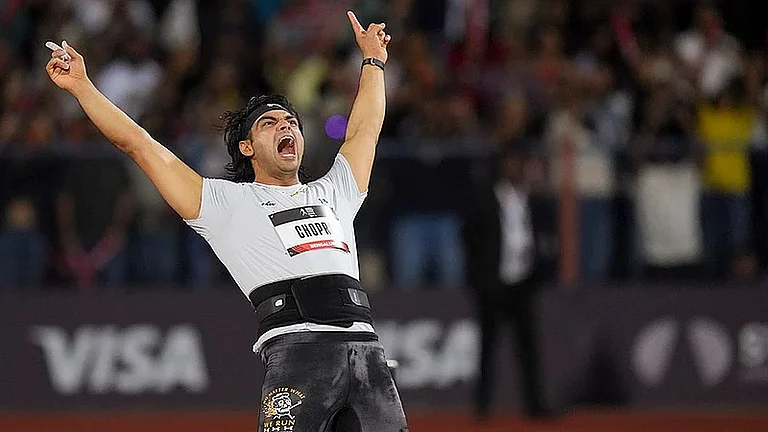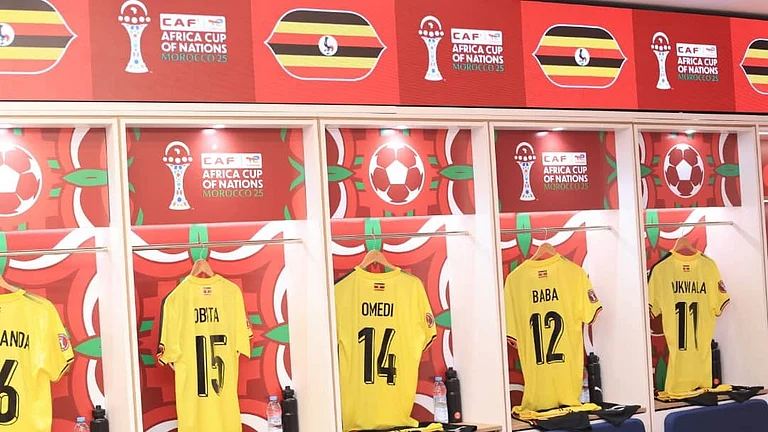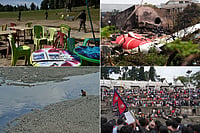Back in 2006 Newsweek ranked Ghaziabad as one of the world’s “ten most dynamic” cities, waxing eloquent about its potential to emerge on the world map among counterparts such as Las Vegas and Toulouse. But now, in a drastic turnaround, Ghaziabad finds itself in an unenviable listing of the country’s most polluted regions. A revamped national pollution index, released last month by the ministry of environment and forests, ranked the city as the third-most polluted in the country among 88 zones studied. The index also reveals the environmental damage caused by the unregulated growth in the national capital region. Noida, Faridabad and the Najafgarh drainage basin are among the 20 most polluted clusters in the country. The top two honours for being the dirtiest were bagged by the chronically polluted industrial zones of Ankleshwar and Vapi in Gujarat. The list terms the top ten spots as “alarmingly polluted”, raising serious concerns about the ecological impact. There is little respite for the other zones; among them 65 are either “critically polluted” or “seriously polluted”.
This ranking is the first structured indexing of India’s polluted zones, which until now was random and not corroborated with strong data. “Once the pollution control boards’ monitoring network is strengthened to give us consistent, regularly updated data, we will look at the impact this pollution has had on all forms of life, and collaborate with local experts to develop a holistic index,” says Mukesh Khare, a professor of civil engineering at IIT Delhi. The indexing system was jointly developed by the Central Pollution Control Board (CPCB) and IIT Delhi. It uses data from the CPCB and looks at air, land and water pollution.

Satish Sinha, associate director of Delhi-based Toxics Link, an environment-issues NGO, says there is not even one central hazardous waste treatment facility in Delhi and Haryana. “Only 11 of the 29 proposed treatment storage and disposal facilities are in operation in India,” he says. Without one in the ncr, one can’t track where the waste from industries end up, and in what form.
At the release of the report, Union environment minister Jairam Ramesh urged the states to freeze any further expansion of industries in these zones until pollution-control plans are put in place. He has also sought cooperation from the finance ministry to fund cleaning-up operations based on the index.
CPCB chairman S.P. Gautam says individual treatment plans are being prepared and will be sent to various states for action. The power to act on these clusters lies with the respective state pollution control boards. “We do not need any additional legislation. Enough is in place. What we need is to develop our capabilities for strong monitoring, increase our inspections and effectively implement the existing norms with better technological inputs,” he adds. These inputs can include cost-effective change in raw materials that will help cut down the generation of hazardous waste without significantly impacting production.
The list has only lifted the curtain on the challenges that lie ahead. “With this list, what we need to do becomes much more evident. The clean-up measures have to be initiated. The time to look for solutions is now,” concludes Sinha.


























